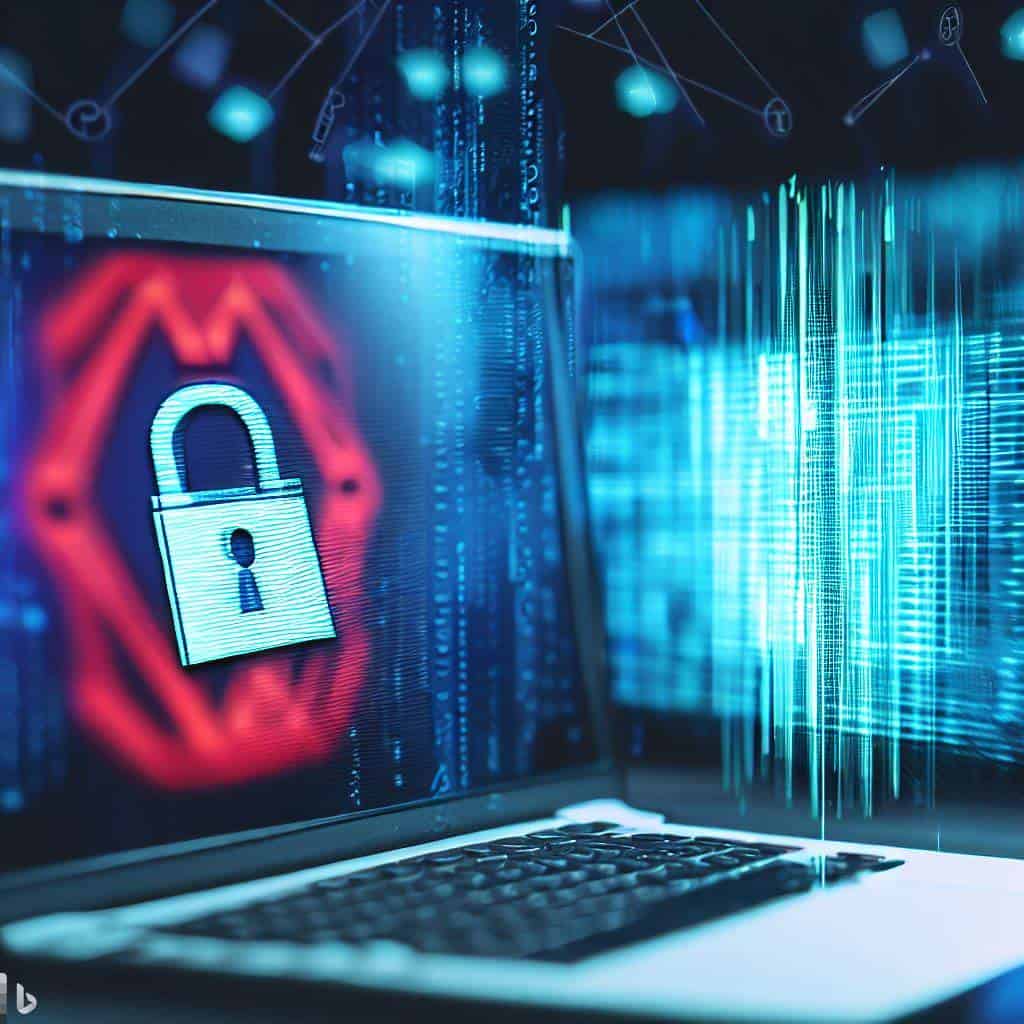Ransomware is a type of malware that encrypts your files and demands payment in exchange for the decryption key. It can cause significant financial and emotional damage, as well as loss of important data. In this article, we will provide tips on how to prevent ransomware attacks and protect your data from this malicious threat.
1. Install and update security software
Installing reputable antivirus and anti-malware software is essential to prevent ransomware attacks. It can help detect and remove any suspicious files and prevent ransomware from infecting your system. Make sure to keep your security software up to date with the latest patches and updates to ensure it’s effective against new threats.
2. Use strong passwords and two-factor authentication
Weak passwords are easy targets for hackers and make it easier for them to gain access to your system. Use strong, unique passwords and enable two-factor authentication whenever possible. Two-factor authentication adds an extra layer of security by requiring a second form of authentication, such as a fingerprint or a code sent to your phone.
3. Keep your software up to date
Software vulnerabilities can provide an entry point for ransomware attacks. Make sure to keep your operating system, web browsers, and other software up to date with the latest security patches and updates. Enable automatic updates whenever possible to ensure you’re protected against the latest threats.
4. Be cautious of suspicious emails and links
Ransomware often spreads through phishing emails that trick users into clicking on a malicious link or attachment. Be wary of any emails or links from unknown sources, and don’t download attachments or click on links unless you’re sure they’re safe. Additionally, be cautious of pop-ups and messages that claim your system is infected or needs an update.
5. Back up your data
Regularly backing up your data is essential in case of a ransomware attack. It allows you to restore your files from a previous backup and avoid paying the ransom. Make sure to store your backups in a secure location, such as an external hard drive, cloud storage service, or both. Test your backups regularly to ensure they’re working properly.
6. Educate yourself and your employees
Ransomware attacks often target individuals and businesses who are unaware of the risks. Educate yourself and your employees about ransomware and how to prevent it. Develop a security plan and train your staff on how to recognize and respond to potential threats.
7. Consider cloud backup
Cloud backup is another effective solution to prevent data loss due to ransomware attacks. Storing your backups in the cloud provides an extra layer of protection against physical hardware failure or loss. Cloud backup services such as Dropbox, Google Drive, and OneDrive also offer versioning, which allows you to recover previous versions of your files in case they become encrypted by ransomware. Just make sure to choose a reputable and secure cloud backup provider, and regularly test your backups to ensure they’re working properly.
Conclusion
In conclusion, preventing ransomware requires a proactive approach to security. By following these tips and implementing effective security measures, you can protect your data from this malicious threat. Don’t wait until it’s too late – take action now to prevent ransomware attacks and ensure the safety of your data.

